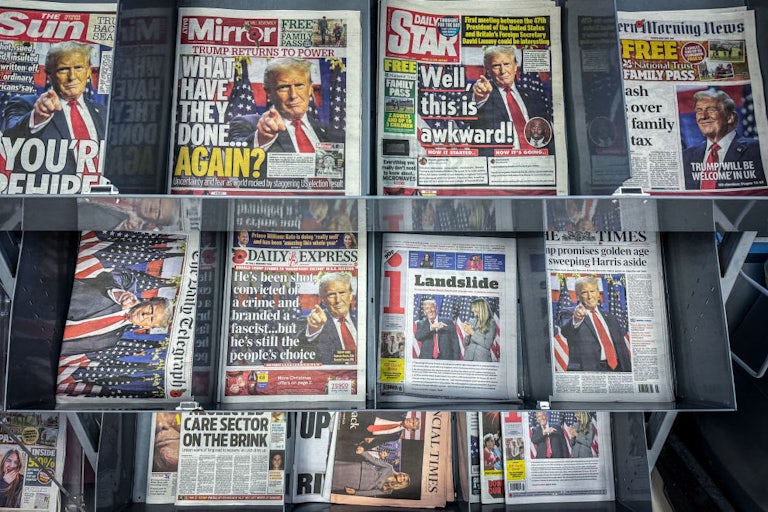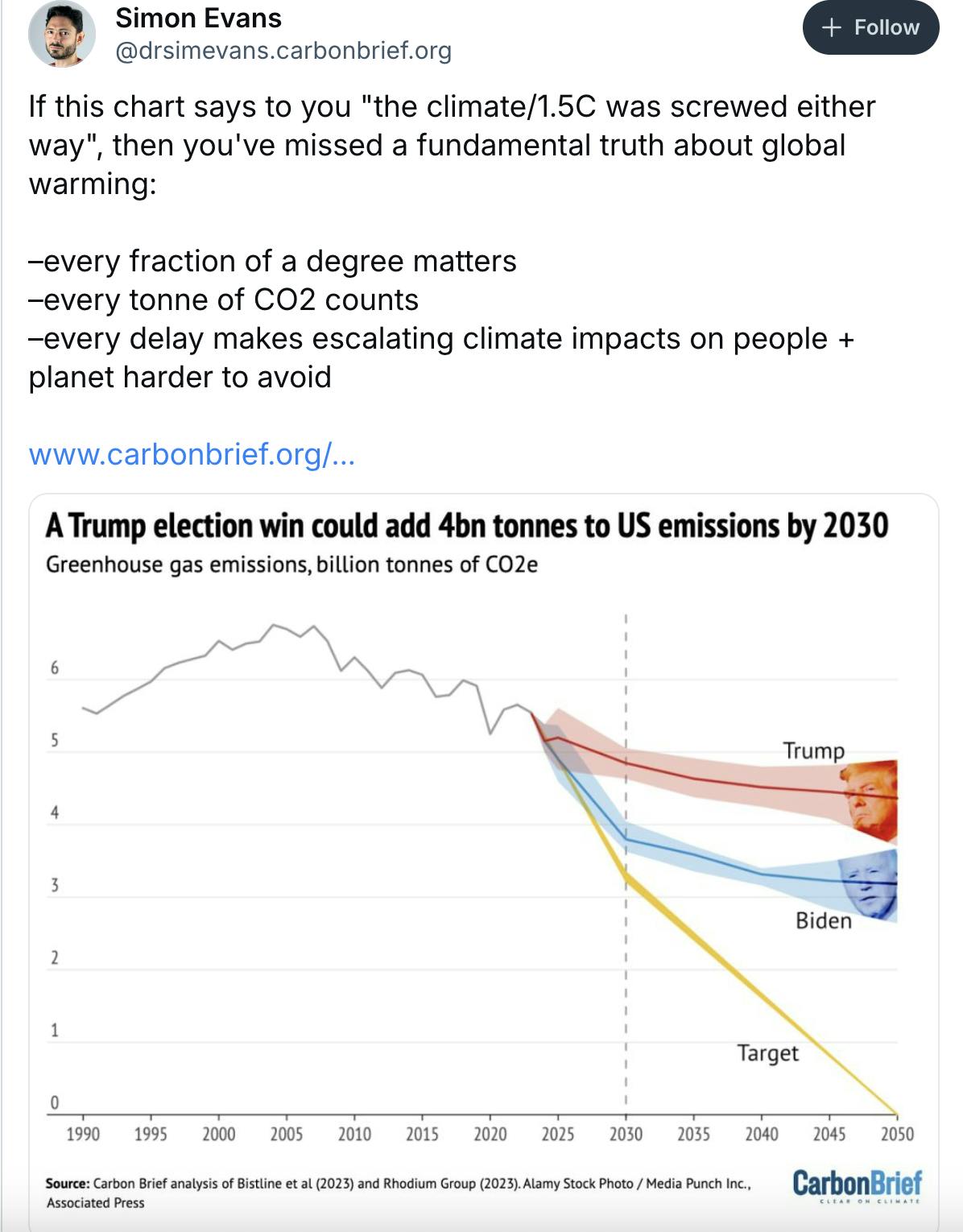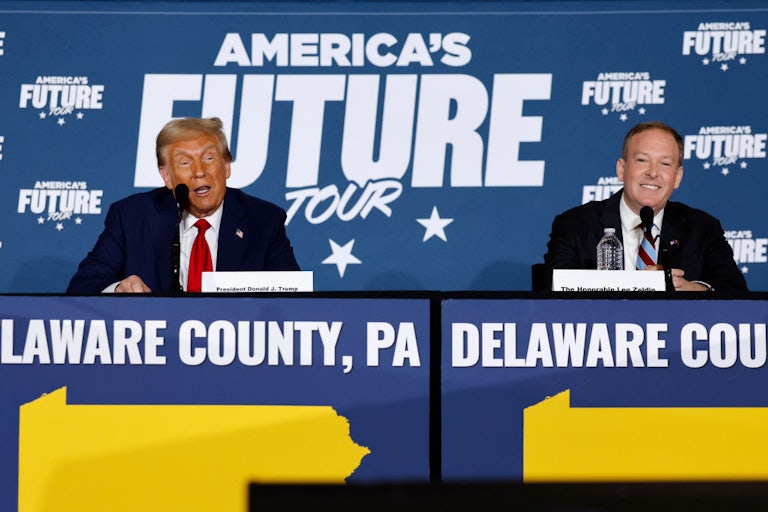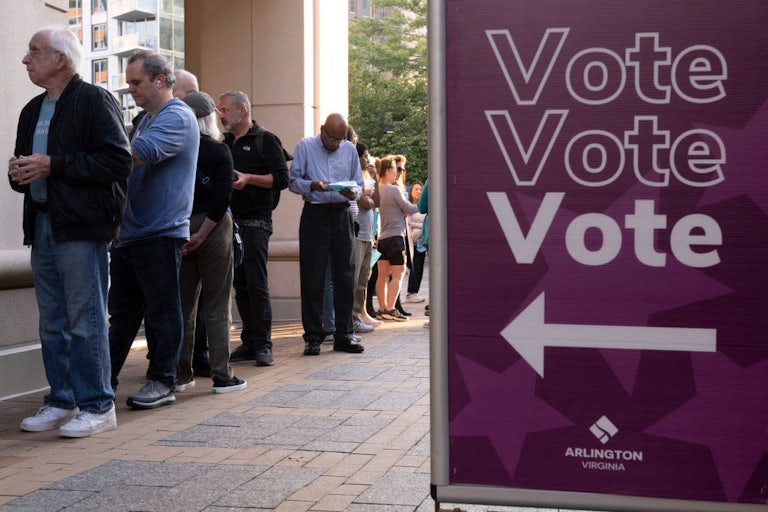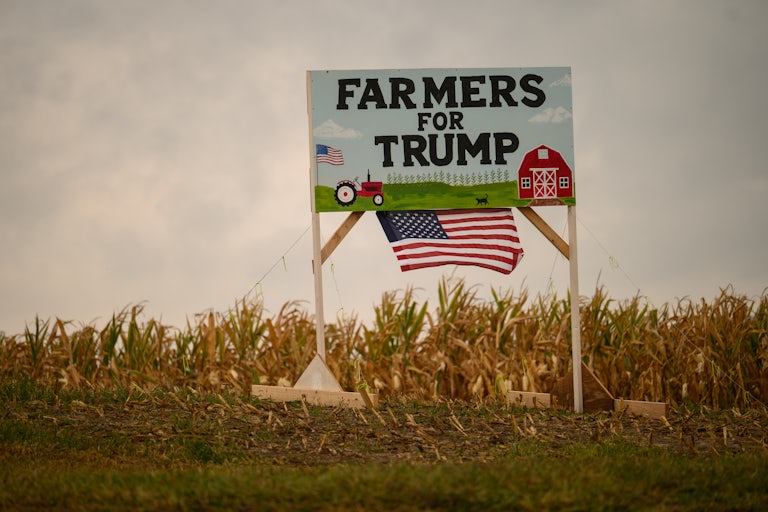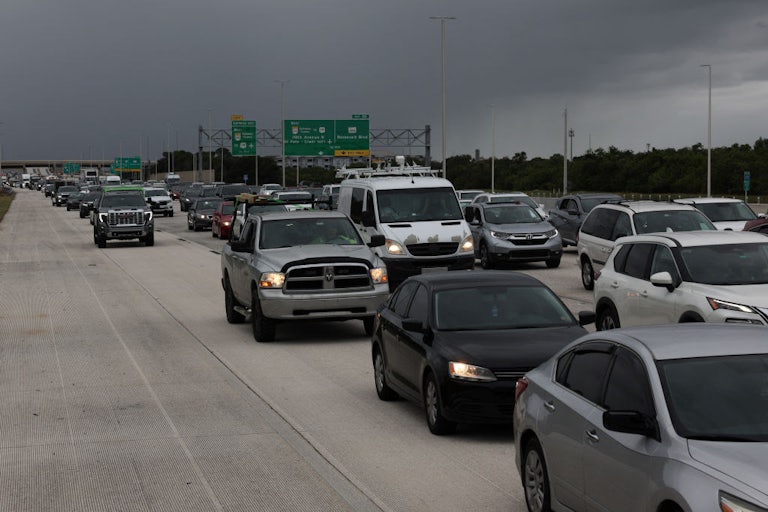How to Do Good in a World Gone Bad
Tired of doomscrolling? Tempted to tune out? Here’s a more fruitful way to respond to the gloomy news of late.
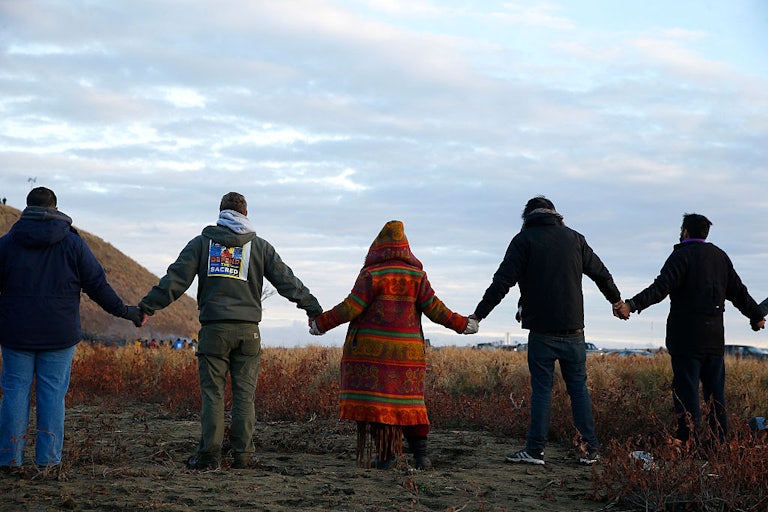
With the election of Donald Trump, it’s reasonable to take a wide lens on what the consequences will be for the climate. His fossil fuel–friendly proposals may soon add an estimated four billion metric tons of CO2 to the country’s emissions, and he’s expected to re-withdraw the United States from the Paris climate agreement. Beyond Trump, the international news is no more reassuring. The COP29 climate talks concluded last week with widespread acknowledgment that the goal of limiting warming to 1.5 degrees Celsius (2.7 degrees Fahrenheit) is dead, and with rich countries having only agreed to $300 billion in aid to developing countries—far less than the $1.3 trillion that is projected to be needed.
Yet perhaps now, as we celebrate a holiday that has become nearly synonymous with returning to one’s hometown, is a good time to think locally. Despite a deficit of community-level coverage and awareness about climate issues, there’s a lot of solid information about what would make local environmental problems better: revoking the permit for a dubious local biomass plant, banning the use of pesticides on lawns in order to reduce toxic runoff, or doubling down on public transit rather than road widening to reduce traffic problems. And it doesn’t take that many people to make a difference. Voter turnout in local elections is often a fraction of voter turnout in national elections—even compared to midterms—and there’s a shortage of candidates as well: In 2022, Civic Pulse estimated that 34 percent of contenders in local contests ran unchallenged. That’s a shame, but also an opportunity.
Many strikingly consequential environmental issues are local ones. As Helen Santoro and Olúfẹ́mi Táíwò wrote at TNR three years ago, local activists are often a crucial bulwark against new fossil fuel installations and can influence city-level climate and sustainability targets. These fights are about both environmental justice and overall emissions, as shown by high-profile showdowns over pipelines. They are about emissions from wood pellet–burning plants or the rapidly developing plans to burn hog waste fumes. Cities were the first places where bans on new gas hookups were passed, and local governments are now leading the charge against gas-powered lawn equipment, which emits stunning quantities of greenhouse gases in addition to fine particulate matter.
Those seeking to block meaningful climate policy know how important these local battles are. It’s why lobbyists are trying to get so many states to pass new laws prohibiting local restrictions on gas hookups in buildings—like the ballot measure that just passed in Washington state, which TNR’s Kate Aronoff wrote about here. It will take local activists and politicians, but also simply more engaged voters, to counter these industry forces.
Those who have dedicated months and years to fighting pipelines can testify that winning these local battles is not easy. But for people currently frustrated at the distance between their mouths and the ears of the party elite, it’s worth a reminder: Meeting local elected officials is entirely doable. (Sometimes you may find yourself dismayed by the result. That, too, is useful information. Right-wing activists in recent years have been strikingly effective at mobilizing in local politics like school board races, and they’ve succeeded in part because a lot of people aren’t paying much attention.)
In the face of relentlessly grim environmental news at the national and international level—biodiversity declines, a new Trump EPA pick, COP29 disappointment—many people are tempted to withdraw. I’ve read half a dozen stories in recent weeks about how those once questionably dubbed the “resistance” are tired and tuning out. That’s a natural impulse. But on the principle of “a change is as good as a rest,” those exhausted from national and international news could also consider refocusing. In holiday downtime this week or while waiting in an airport, consider reading a local paper rather than doomscrolling social media; figure out what neighbors are angry about rather than the influencers in your feed.
As climate disasters loom ever larger and with increasing frequency, there is an inherent utility in investing in the local. These are the people who will be sharing resources when disaster strikes, as we saw in North Carolina recently. If the Trump administration presents an existential threat, the existential saviors could be right next door.
Good News/Bad News
![]()
New vehicles have reached a record-low average emissions rate of 319 grams of CO2 per mile and a record-high fuel economy of 27.1 miles per gallon, according to a report the Environmental Protection Agency released this week. A significant part of recent progress on these averages has come from electric vehicles and plug-in hybrids.
![]()
The deal agreed to at COP29 is going to do very, very little to help poorer countries tackle climate change.
Stat of the Week
4x
According to a new paper, the cost of trying to reverse damage from climate change quadruples once so-called “tipping points” are reached—when enough of a rainforest has been cut down that the ecosystem starts to collapse and desertification takes over, or when enough polar ice melts that it becomes easier for the rest of it to melt. If so, that’s strong incentive to act sooner rather than later to limit the damage.
What I’m Reading
Lough Hyne, a saltwater lake on the southwest coast of Ireland fed by the Atlantic Ocean via a small channel, is “the birthplace of experimental marine biology,” Olive Heffernan writes at Hakai Magazine. It was also the first area in the country to be protected as a marine nature reserve. But now, its biodiversity appears to be in decline. Starfish and urchins have all but disappeared, and masses of algae suggest to scientists that fertilizer runoff from nearby farms has led to an excess of nutrients and a deficit of oxygen in the lake’s waters. Heffernan and Grant Callegari’s full piece—with gorgeous visuals—is worth your time, showing the challenges of conservation amid dense agriculture and tourism.
The situation at the reserve is part of a trend in Ireland and globally: “paper parks”—whereby governments create protected areas but fall flat on developing regulations or on enforcing them. Worldwide, there are nearly 19,000 marine protected areas; over 30 percent of their total area lacks meaningful rules and regulations. Ireland currently has 254 protected sites that are wholly or partially marine; few have management plans.… “Over the last 20 years … there was a race to designation,” says Nicolas Fournier, campaign director at Oceana Europe. But “most of the marine species and habitats, if you look at their conservation status, it’s still degrading.… We’ve expanded marine protected areas without any management.”
Read Olive Heffernan’s and Grant Callegari’s full piece at Hakai Magazine.
This article first appeared in Life in a Warming World, a weekly TNR newsletter authored by deputy editor Heather Souvaine Horn. Sign up here.
